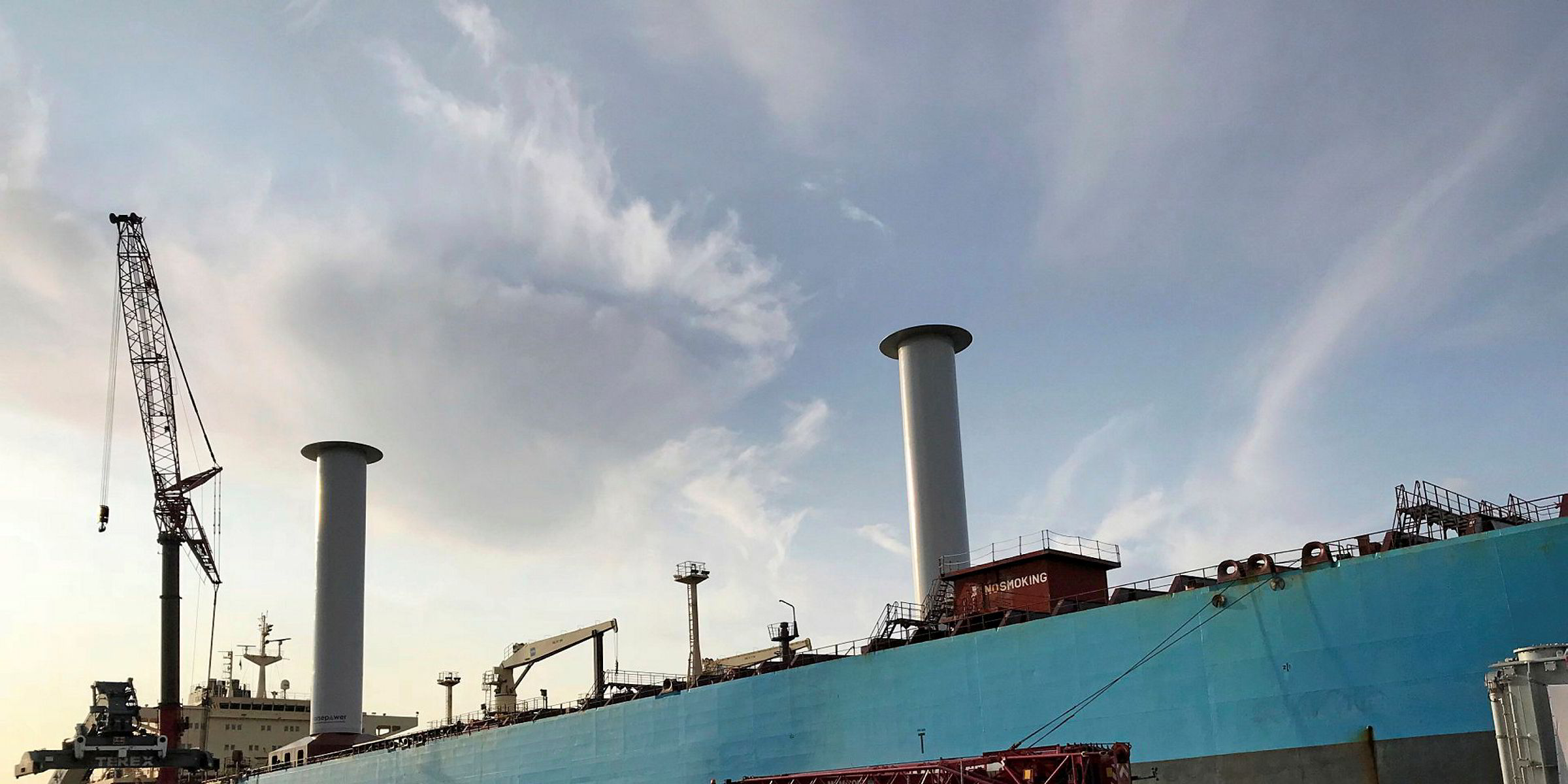Maersk Product Tankers has refined its fleet disposal strategy after abandoning a mass sell-off of up to 30 MR and LR vessels.
Multiple commercial and financial sources told TradeWinds that the privately owned Danish-Japanese company has followed shipbroker advice to consider piecemeal marketing of tonnage.
The effort will start with nine coated and chemical product carriers of around 38,000 dwt built between 2004 and 2012 at Guangzhou Shipyard International. The ships are built to both IMO type 2 and type 3 chemical handling standards.
These are not to be confused with the seven mostly younger South Korean-built tankers the company bought in September last year from Malaysia's AET for $93.5m. They are also both IMO type 2 and 3.
Shipowner Maersk Product Tankers and pool operator Maersk Tankers are controlled by private shareholders AP Moller Holding and Mitsui & Co.
TradeWinds reported in June that Maersk Product Tankers was plotting a 30-ship sale including both sets of MR1 tankers, a 10-ship LR2 newbuilding series underway at Dalian Shipbuilding Industry Co and other tonnage.
At the time, chief executive Christian M Ingerslev commented only that all ships are in principle on sale.
"If we get an attractive price, we are willing to sell,” he said.
Sources told TradeWinds last week that a mass sell-off of the LR2 fleet was the main target at that time. They believe that a fleet deal was first on subjects with a syndicate of Norwegian buyers. Then a mandate was given to Citi investment bankers to sell the ships.
Lost interest
"When we heard there was a mandate with a bank, we lost interest in pursuing the deal," said one prominent sale-and-purchase broker.
But commercial and financial sources said this mandate has expired and ships are being circulated less exclusively with an emphasis on the older Chinese-built MR1s.
A Citi official could not be reached for comment.
Chinese leasing houses turned up their nose in the summer at the offer of a fleet deal because Maersk Tankers was not interested in taking the ships back on charter, and even the more adventurous among the leasing houses were not interested in owning the bare steel.
"The problem with these ships is just that the market is soft and there is no bareboat back," said one Chinese leasing house official.
Shifting sales efforts to the veteran MR1 tankers has not stopped action on the LR2 front. But in both categories, disposals over recent months have mainly been routine sales of veteran tonnage, not the wholesale deal the owner was after.
Maersk Product Tankers has been able to count on the demand for its older tonnage, not least from South East Asian buyers.
Last week it was reported to have sold the 109,600-dwt Maersk Progress (built 2005) for $12.8m to an unnamed Vietnamese buyer. Indonesia's Buana Lintas Lautan, which bought four Maersk oldsters last November, also continues to be an aggressive buyer of aframax and LR2 tonnage.
Several Maersk Tankers officials were contacted but declined to discuss the plans.
"Our communications department will tell you some political answer about reviewing our choices," said one. "We're not going to be saying anything about what our shipowning strategy is."
Communications partner Juliane von Wiren said the company does not comment on "rumour and speculation".
"A part of our strategy for Maersk Product Tankers is to strengthen the company’s financial position and retain a fleet that meets customers’ requirements by managing the fleet dynamically: vessels are bought at attractive prices and sold when financially solid returns can be achieved," she said.
"Therefore, we are also closely monitoring market cyclical up- and downturns, and will continue to adjust the fleet whenever attractive opportunities arise."








